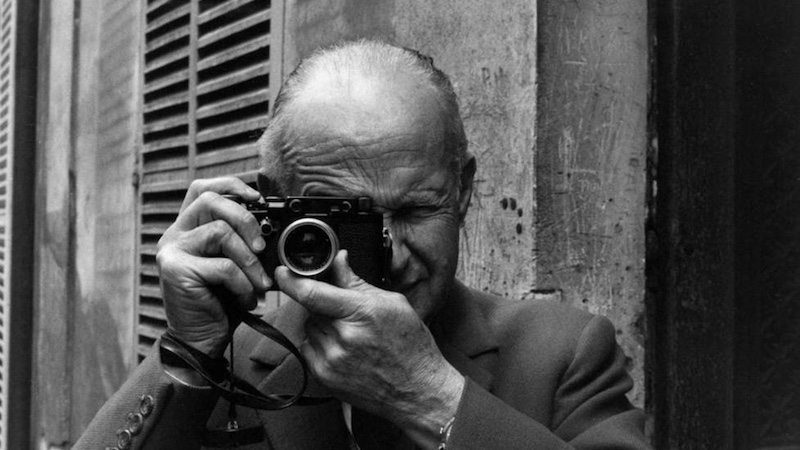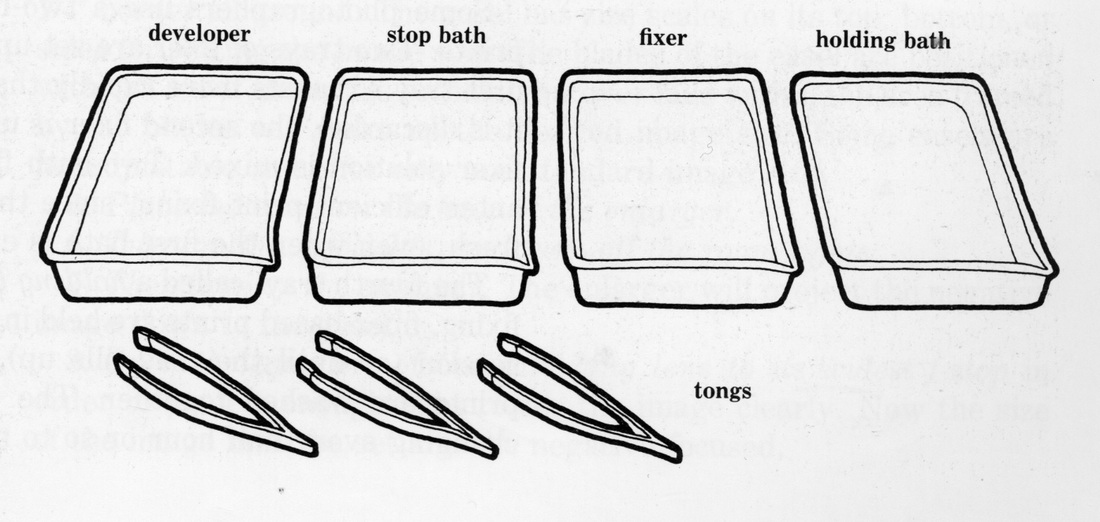
Who is the practitioner? When were they practicing?
Nam June Paik (1932-2006) was a Korean American artist who is considered to be the fore founder of video art. During Paik’s early life he was trained as a classical pianist. Later he moved to Germany to study at Munich University, here he met John cage (American composer, artist and music theorist), and as a result became associated with the with the Neo-Dada art movement, known as Fluxus.
What is the title of the photo or video you have chosen to analyse (can you provide a link?)
A video by Nam June Paik titled Electric Opera #1.
With the video you are examining, when was it produced (date)?
The Video titled “Electric Opera #1” was produced by Nam June Paik in 1969.
How was the video authored?
This video was authored by Nam June Paik in 1969 by manipulating, altering and saturating the recorded figures of “a topless dancer and three hippies … Richard Nixon and other well-known figures” (New Television Workshop; Medium Is the Medium, The; Nam June Paik’s Electronic Opera #1, 2015). Voice overs issues commands to the audience throughout the clip, such as “This is participation TV”. Paik further instructs viewers to open and close their eyes at particular intervals throughout the clip. At the conclusion of the video a voice instructs viewers to “turn off your TV set”.
How was the video published?
This analogue video was published as an analogue Tv signal. As analogue Tv and videos “exists as fixed physical objects in the world, their production being dependent upon transcription from one physical state to anther” (Lister, 2009). This includes transcriptions such as cables, aerials, television monitors. Therefore, there are various instances where the signal can be interfered with. Interference became an essential component fo Paik’s work. Paik ensured that the audience questioned whether interferences occurred during the work or they were intentional choices. This video was originally published on an analogue television. further, Paik’s works have been subjects of many exhibitions in museum, for example the Name June Paik Art Center in South Korea.
How was the video distributed?
Till this day Paik’s art works have been distributed and exhibited around art galleries throughout the world. (Guggenheim, 2019). Since the video’s publication in 1969 it has been distributed through various museum sites as well as online video platforms like YouTube and Vimeo. As a student studying networked media I have also had access to this video through my university, thus it can be concluded that the video is also distributed in an educational way.
References:
Openvault.wgbh.org. 2015. New Television Workshop; Medium Is The Medium, The; Nam June Paik’s Electronic Opera #1. [online] Available at: <http://openvault.wgbh.org/catalog/V_462A21CAF90A4C5FABE73D9FBCD25BF6> [Accessed 1 May 2020].
Guggenheim 2019, Nam June Paik, viewed 21 April 2018, Guggenheim Collection Online, <https://www.guggenheim.org/artwork/artist/nam-june-paik>
Lister, M, Dovey, J, Giddings, S, Grant, I & Kelly, K 2009, New Media: A Critical Introduction, Routledge, New York.










